Chordata

Three-spined Stickleback
Gasterosteus aculeatus


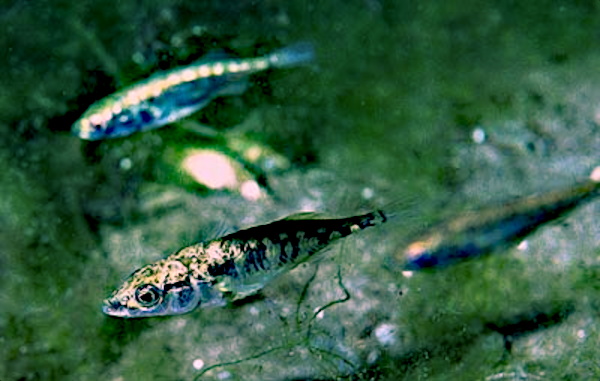
7 POINTS
Play: Gasterosteus aculeatus has a MOVE of 2 and can also feed on ZOOPLANKTON.
Fact: Gasterosteus aculeatus has a pelvic fin which is used to protect the fish against other fish predators

Sea Otter
Enhydra lutris

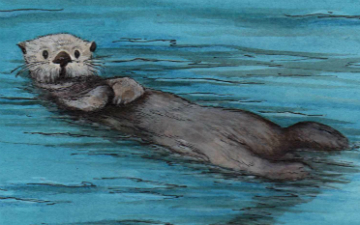
8 POINTS
Play: Enhydra lutris has a MOVE of 2
Fact: Enhydra lutris have the densest fur in the animal kingdom, with nearly one million hairs per square inch.

Leafy Seadragon
Phycodurus eques

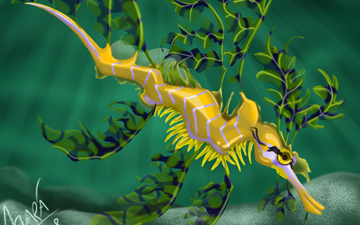
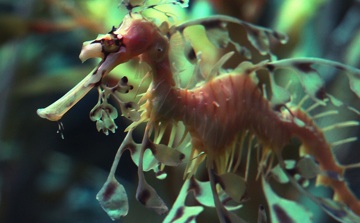
9 POINTS
• Phycodurus eques has a MOVE of 1.
• Phycodurus eques sucks up its prey through its long, pipe-like snout.

Eastern Paradise Whydah
Vidua paradisaea

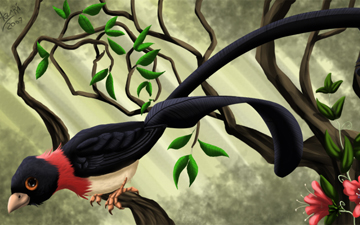
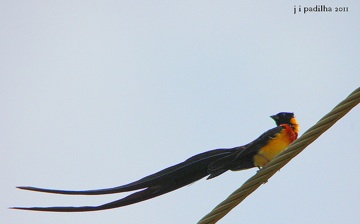
3 POINTS
• Vidua paradisaea has a FLIGHT of 2.
• Vidua paradisaea’s black tail is almost three times as long as its body.

Cockatiel
Nymphicus hollandicus

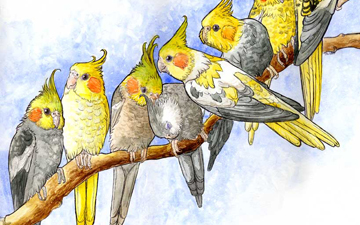
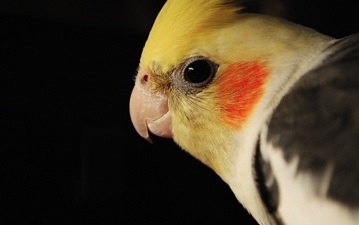
2 POINTS
• Nymphicus hollandicus has a FLIGHT of 2.
• Cockatiels are native to Australia.
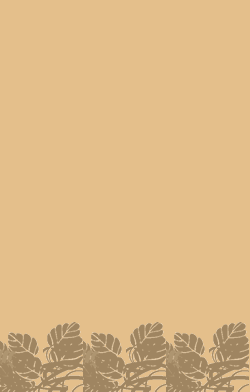
Red Panda
Ailurus fulgens

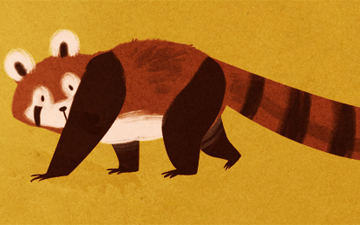

5 POINTS
• Ailurus fulgens has a MOVE of 2.
• Red pandas have a wide range of vocalisations, the most peculiar of which is a ‘quack-snort.’